The Best Food Souvenirs We’ve Successfully Gotten Through TSA, from Mango Leather to Frozen Squirrels
Our editors share stories of the items we’ve managed to smuggle through TSA — and the ones that got away.
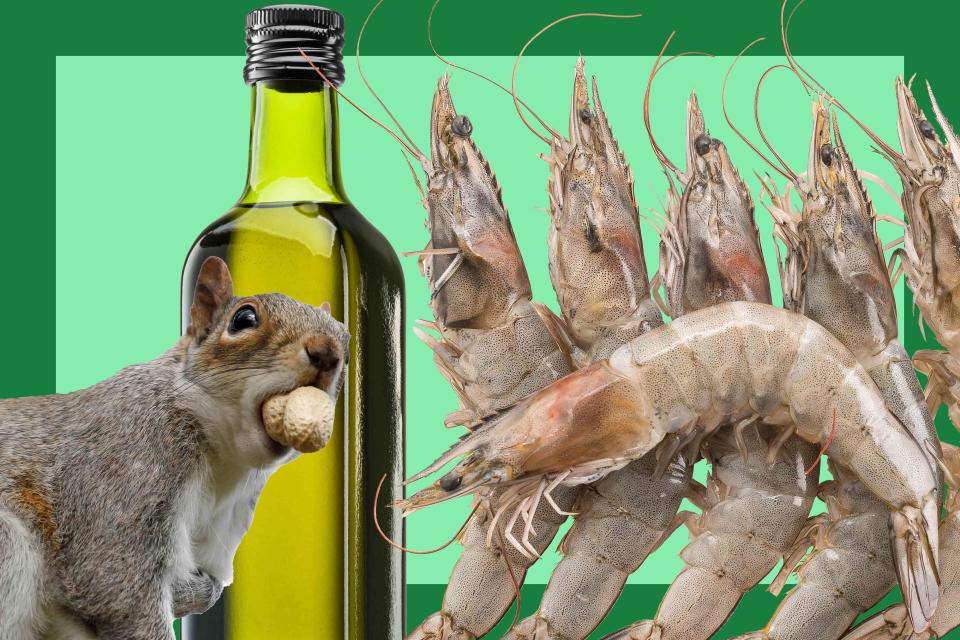
Food & Wine / Getty Images
For many of us, the best part of traveling is the food — better yet if we can bring a taste of the destination home. With summer right around the corner, the Food & Wine team got to reminiscing about the edible souvenirs we’ve picked up on our travels — and a few we’ve had to leave behind. But first, what can you bring on a plane? Surprisingly a lot (live lobsters, anyone?). The Transportation Security Administration (TSA) has a detailed list of what will and won’t fly. Dry food items — think bread, chocolate, coffee, dry spices, and even pizza — are fair game, but other categories are a little more… up in the air. Here’s a brief run-down.
Related: How to Bring Back Food from a Vacation and Become Extremely Popular
How to travel with food souvenirs
Meat and seafood
Per TSA rules, you can pack fresh meat and seafood in your carry-on or checked bag. However, if you’re packing it with ice packs or fresh ice (which you’ll probably want to do because, bacteria!), the ice must be completely frozen at the time of screening. If the ice is partially melted, your item will be confiscated.
Condiments
Sauces and spreads like oil, vinegar, and maple syrup can be packed into your checked bag. You can also pack them in your carry-on, though you need to follow the TSA’s 3-1-1 rule — each liquid must be in a 3.4-ounce or less container, all containers must fit into a one-quart plastic bag, and each passenger is only allowed one bag. Sadly, this rule includes thicker, more viscous spreads like peanut butter or honey — just ask our Associate Editorial Director of Food, Chandra Ram, who was forced to part with a jar of dulce de leche (more on that below).
High-proof alcohol
You might want to consider shipping that bottle of absinthe home. Alcohol over 140 proof (70% ABV) isn’t allowed in your checked bag or your carry-on. Also, alcoholic beverages with more than 24% but not more than 70% alcohol are limited to five liters per passenger in your checked bag, in unopened retail packaging.
Related: The 9 Best Food Souvenirs from Paris
Cheese
Hard cheeses are fine in your carry-on, but creamy cheeses like Camembert also fall under the 3-1-1 rule, meaning you’re better off storing these in a leak-proof bag and checking them.
Canned goods
Store these in your checked bag if possible. Some canned goods contain liquid and fall under the 3-1-1 rule, and even permitted items often require additional screening because of how they appear on the X-ray.
Fruits and vegetables
These are generally okay in a carry-on or checked bag when traveling within the continental U.S., but those flying to the U.S. mainland from Hawaii, Puerto Rico, and the U.S. Virgin Islands can’t bring most fruits and vegetables home due to the risk of spreading invasive plant pests (as SVP/general manager Michelle Edelbaum learned on a trip to Hawaii — but don’t worry, she didn’t let her mangoes go to waste!)
Here are the food items we’ve successfully gotten through TSA — and a few that got away.
What we got through TSA — and how
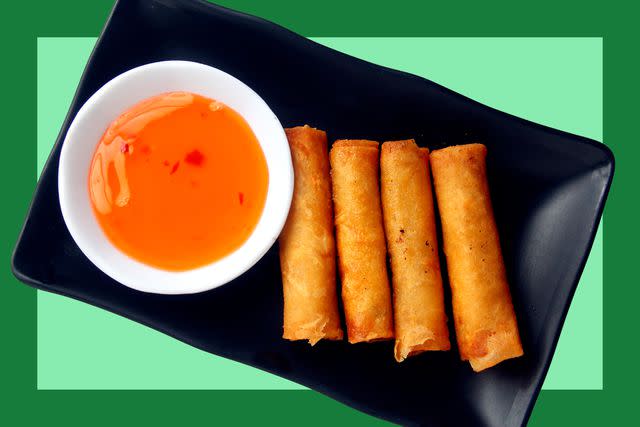
Food & Wine / Getty Images
Crunchy, fragrant flavors from home
One of the most difficult things about being an immigrant, especially one who moved later in life versus, say, someone who moved at age three, is how strongly you yearn for the flavors and scents of home. It’s a fierce longing that nobody warns you about. One of my most intense cravings a year into my new life in New York in my mid-20s was homemade lumpia — essentially a Filipino spring roll filled with seasoned ground pork, aromatics, and crunchy vegetables. The problem was I couldn’t replicate the way my family makes it at home (and believe me, I’ve tried many times). So during my first visit back to Manila, I stuffed a mid-sized Tupperware — okay, two — of frozen, ready-to-fry lumpia, lovingly made just for me, and mummified them in bubble wrap. They didn’t last a week. — Karla Alindahao, Senior Editor of News and Trends
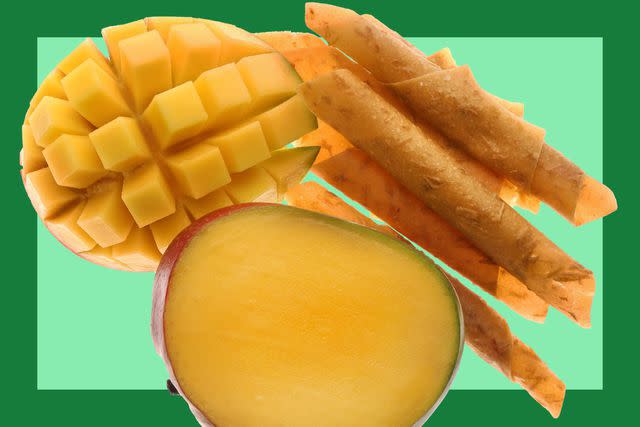
Food & Wine / Getty Images
A stash of fruit leather
I spent a summer in Cambodia when I was 16 and about ate my weight in mango fruit leather. Before returning to New York City, I was able to purchase about five pounds of mango fruit leather — packed in plastic wrap and covered in newspaper — and stash it in my backpack on the plane. It looked a little outrageous and I was shocked that I got it through TSA (it was a big taped-up brick of newspaper, hello suspicious!). Perhaps it was thanks to my carry-on backpack, or the mango gods above, but I happily ate mango fruit leather for many months to come. — Lucy Simon, Assistant Editor

Food & Wine / Getty Images
The secret ingredient for a true burgoo
This isn’t so much smuggling, but I must flex that I’ve carried an insulated carry-on bag filled with frozen squirrels through screening in Hartsfield-Jackson International Airport. I’d never gotten a chance to make Kentucky burgoo the traditional way and Brooklyn squirrels are just, well, rats. So when my pal Buddy, who lives in an Atlanta suburb with less plague-ridden local game, mentioned his garden was overrun, we killed two rodents with one stone.
Part of me was hoping for a little drama in the TSA line, and there was indeed a query from the agent, but “I’m making stew” was probably the most banal thing they’d heard all day, so my jaunt to LaGuardia was unimpeded and the end dish sufficiently squirrely. A hand-borne livermush block (solid? technical paste? I was rolling the dice) also made it through security in Greensboro, North Carolina, once the TSA sphinx riddled me as to my preferred preparation and I answered — correctly — fried crisp on white bread. You’ve just gotta match the meat to the regional transit hub, I suppose. — Kat Kinsman, Executive Features Editor

Food & Wine / Getty Images
Spices camouflaged by peanut butter
When I worked at the USA Pavilion at Expo Milano 2015, I had the opportunity to try so many foods and ingredients we couldn’t get here in the United States. Among the most treasured ingredients were saffron and pistachios from Iran, sold at their pavilion directly across from ours. When it was time to return to New York, I purchased two small jars of the most fragrant Iranian saffron. But I suspected that these would not make it past Customs and Border Patrol inspectors in the U.S., so I emptied the saffron pistils into small aluminum sachets and set them inside some peanut butter jars to hide their fragrance. To my relief, upon arriving at JFK in New York, CBP agents simply waved me through and didn’t even bother looking at my bags or my intake form. For the next couple of years, I enjoyed making the best risottos alla Milanese with my Iranian saffron. Pure magic. — Diana Perez, Associate Food Editor
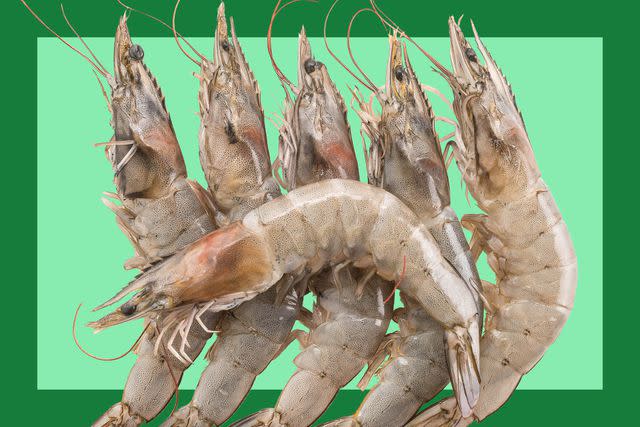
Food & Wine / Getty Images
Anything from the Lafayette Regional Airport
The Lafayette Regional Airport in Louisiana is one of my favorite airports on earth because it’s a portal to one of the great eating cultures of the world. You get off the plane and exit the baggage terminal and immediately know this place means business because there’s a guy right there on the curb selling Gulf shrimp (16-20s) out of marine coolers in the back of his pickup truck. Your Uber driver is a sixth-generation Cajun who knows where to buy the best crawfish in the county and tells you her mom makes good étouffée but her version is spicier and better.
After an epic weekend eating oysters and hunting ducks and fishing for redfish down in the bayou, you understand why the people down here who live so close to the land and the water will not only survive the zombie apocalypse, but eat damn well in the process. And the TSA won’t hassle you when you come back through the airport to go home. Instead, they’ll look in your cooler, smile, whistle in admiration, and ask, “how you gonna cook dat?” — Hunter Lewis, Editor in Chief
What didn’t make it through
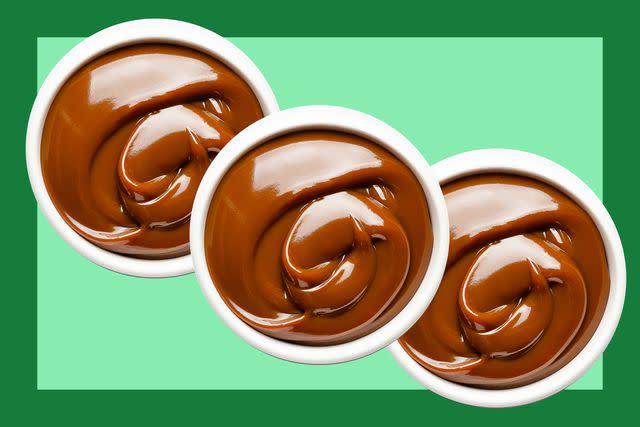
Food & Wine / Getty Images
Jars of culinary gold
The things I’ve lost at TSA shine in my memory like jewels, because that’s what all those jars of honey from farms in Virginia, Maine, Kentucky, and South Carolina looked like as ruthless TSA agents tossed them in the trash. I usually don’t get very far when trying to explain myself to the guards who pull me aside. I begged my case with a bottle of aged plum vinegar gifted to me by a monk on a farm outside of Seoul, but they were unmoved by my story of how rare and special it was.
The jar of dulce de leche I bought for my brother while in Buenos Aires met a similar fate. For once, I argued with the agent, pointing out that the thick spread inside the jar was nowhere near a liquid. She said that it would turn to liquid if melted. I countered that even the metal table we were standing in front of would turn to liquid if melted. She stared at me. I looked at her, realized it sounded like I was threatening to burn down the entire airport, and abandoned my jar of toasty caramel goodness in favor of not ending up in jail. — Chandra Ram, Associate Editorial Director, Food
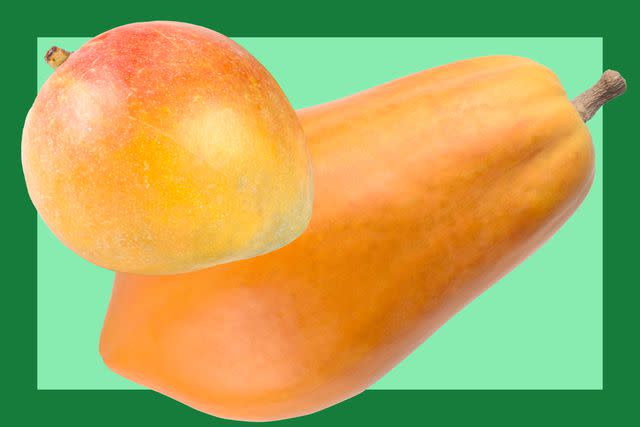
Food & Wine / Getty Images
A tropical buffet
When my husband and I took our honeymoon in Hawai’i, I was so excited about all the amazing fruit at roadside stands that I bought more mangoes and papayas than we could eat before it was time to fly home. I didn’t know that you couldn’t transport produce until we got to the airport and saw all the signs about what was prohibited to transport. I couldn’t bear to throw that beautiful fruit away, so my husband and I sat outside the terminal on the sidewalk and used a plastic butter knife (since we had nothing sharp) to cut MANY juicy ripe mangoes and papayas and eat them with our hands before we got onto the plane. We were sticky and a little queasy from speed-eating so much fruit, but I felt good that I didn’t let it go to waste. — Michelle Edelbaum, SVP/Group General Manager
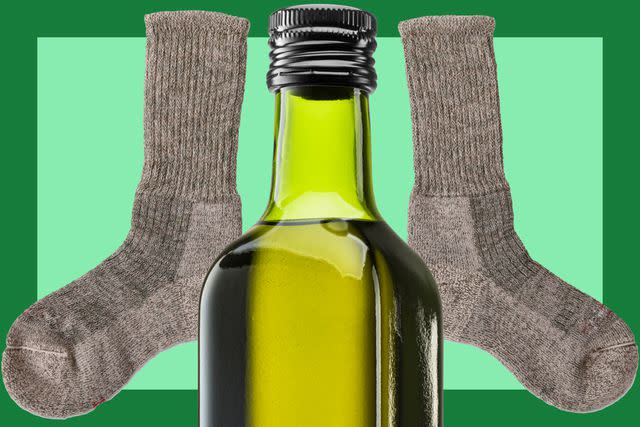
Food & Wine / Getty Images
An accidental spa treatment
I’m one of those people who refuses to check luggage when I fly, reveling in a sad sense of superiority at walking jauntily past the crowds at the baggage carousel after landing. Unfortunately, on a trip to Spain once, I’d picked up three bottles of olive oil and, being a legendarily cheap person, refused to purchase real luggage to transport them. Instead, to avoid the TSA, I wrapped the bottles in my clothes for padding, convinced I could just check my regular backpack to get them home safely.
A five-hour flight later, and my bag slides down the carousel at JFK, absolutely dripping green liquid. Each of the bottles had cracked, soaking every item of clothing in fancy olive oil. Later, I ran them through the laundry at least three times, and nothing could get it out. However, let me tell you — olive oil-saturated socks are a luxury I didn’t even know existed until that point. For months afterwards, I’d never had such smooth skin. Every time I wore those socks, it was like a private spa inside my sneakers. Whenever I went outside, it was on feet caressed by gentle clouds of rosemary-infused wonder. And to this day, in my kitchen at home, I can’t help but sometimes catch a glimpse of the big jug of Cento on the counter, glance at my laundry, and wonder “…What if?”
—Dylan Garret, Associate Editorial Director, Drinks
For more Food & Wine news, make sure to sign up for our newsletter!
Read the original article on Food & Wine.


